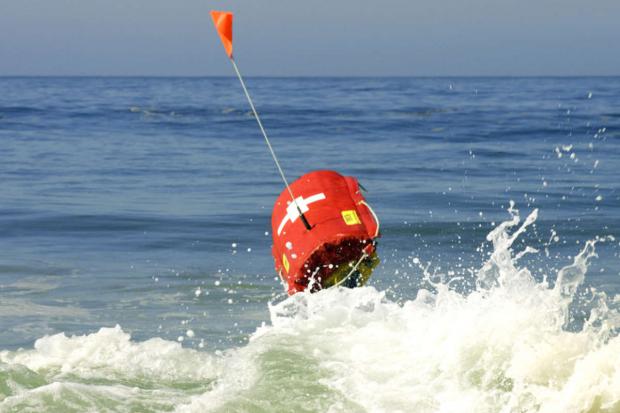
Breaking News
 "American NIGHTMARE!" Ron Paul + O'Leary vs de Blasio | Mamdani + Trump's Big Beau
"American NIGHTMARE!" Ron Paul + O'Leary vs de Blasio | Mamdani + Trump's Big Beau
 The story told as only Alex Jones can! P Diddy's Acquittal Of Serious Charges...
The story told as only Alex Jones can! P Diddy's Acquittal Of Serious Charges...
 IRAN: Everything You Need To Know But Were Too Afraid of the Israel Lobby To Ask
IRAN: Everything You Need To Know But Were Too Afraid of the Israel Lobby To Ask
 This Is Israel's War - Not Our War
This Is Israel's War - Not Our War
Top Tech News
 xAI Grok 3.5 Renamed Grok 4 and Has Specialized Coding Model
xAI Grok 3.5 Renamed Grok 4 and Has Specialized Coding Model
 AI goes full HAL: Blackmail, espionage, and murder to avoid shutdown
AI goes full HAL: Blackmail, espionage, and murder to avoid shutdown
 BREAKING UPDATE Neuralink and Optimus
BREAKING UPDATE Neuralink and Optimus
 1900 Scientists Say 'Climate Change Not Caused By CO2' – The Real Environment Movement...
1900 Scientists Say 'Climate Change Not Caused By CO2' – The Real Environment Movement...
 New molecule could create stamp-sized drives with 100x more storage
New molecule could create stamp-sized drives with 100x more storage
 DARPA fast tracks flight tests for new military drones
DARPA fast tracks flight tests for new military drones
 ChatGPT May Be Eroding Critical Thinking Skills, According to a New MIT Study
ChatGPT May Be Eroding Critical Thinking Skills, According to a New MIT Study
 How China Won the Thorium Nuclear Energy Race
How China Won the Thorium Nuclear Energy Race
 Sunlight-Powered Catalyst Supercharges Green Hydrogen Production by 800%
Sunlight-Powered Catalyst Supercharges Green Hydrogen Production by 800%
Greek Coast Guard Will Rescue Refugees With Robot

Pushed into water, the robot looks like nothing so much as a giant carrot, puttering about a vast ocean. Named "EMILY", the machine is a tethered and remotely piloted life preserver, designed and built by Hydronalix. The name awkwardly stands for "EMergency Integrated Lifesaving lanYard", and we praised an early version of the product in 2010 as the Best Of What's New. Now, to help save refugees on capsizing boats in the Aegean and Mediterranean, Greece's Coast Guard is testing the robot rescuers.
The robots made their way to Greece through the Center for Robot-Assisted Search and Rescue at Texas A&M University and the work of Roboticists Without Borders. As Wired reports:
In fact, NGOs on the island [of Lesvos, in Greece] had already been thinking about using UAVs to aid rescue efforts, says Robin Murphy, the Texas A&M roboticist running the project. "In the meantime we were saying, 'You're talking about people drowning,'" Murphy says. "There's this new technology, EMILY, these robots that are life preservers."

 He 3D Printed a Whole House
He 3D Printed a Whole House

